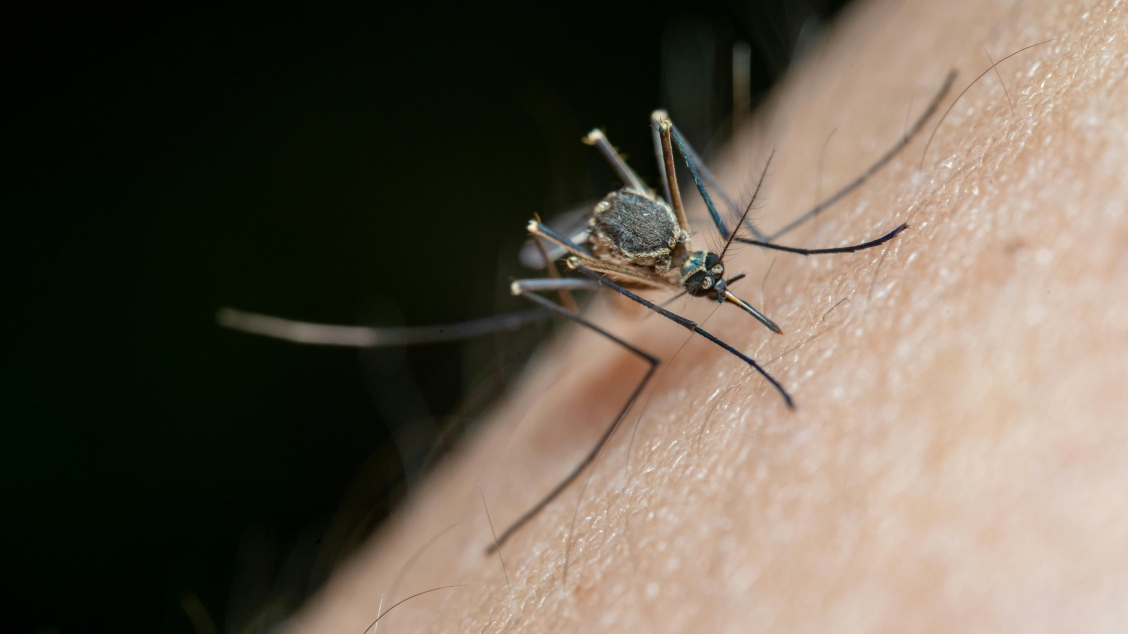
U.S. Teens Fail to Complete Rehabilitation for Cannabis Use Disorder
Cannabis use in adolescents has reportedly decreased in recent years in the U.S.; however, it still remains a threat to the health of young adult populations. Treatment of cannabis use disorder involves different types of behavioural interventions. Teenagers in the U.S. typically begin using cannabis before high school (ages 14 or 15), where brain development is at its most critical. Research has shown that cannabis use can significantly impact this vital stage of neurodevelopment, posing both short- and long-term risks.
A study published in the Open Access journal Pediatric Reports by researchers from the USA shows that a majority of adolescents admitted to rehabilitation services failed to complete their treatment. The study explores the potential reasons for these reported statistics and highlights the importance of programs needed to address the lack of treatment continuity for afflicted teenagers, in order to get the help they need.
Cannabis use disorder
Cannabis use disorder (CUD) is a term characterised by the inability to stop using cannabis despite its impact on one’s health and social life. Cannabis can be an addictive drug, inducing neurobiological effects in the brain that lead to its addiction and overuse.
Cannabis addiction manifests through the drug’s effect on the endocannabinoid system which affects the brain’s reward pathway. Dopamine, a vital component of the system, is a ‘feel good’ neurotransmitter and is critical for key biological processes, ensuring well-being, focus and good mood. Components within cannabis, such as tetrahydrocannabinol, commonly known as THC, interact with the endocannabinoid system by increasing dopamine levels in the brain.
This interaction results in addictive behaviour, as individuals seek out the feel-good effects that cannabis provides. Despite its addictive components, there are many potential medicinal benefits of cannabis. Amongst other factors, these benefits have contributed to its legalisation and decriminalisation in multiple countries across the globe, such as Canada.
However, overuse of any drug is considered an issue which requires serious attention, particularly in teenagers who are amidst critical stages of biological and psychological development.
Cannabis use disorder in teenagers
The development of treatment programs for CUD is important to address the deleterious effects of addiction. In adolescents, CUD is linked to short- and long-term effects, such as cognitive function and memory and impact on academic performance and social outcomes. The discussed study looked at the outcomes and effectiveness of treatment programs for CUD in U.S. teens aged 12–17 years old.
The researchers took data from 2018–2021, which included data on 40,054 participants diagnosed with CUD and admitted for treatment. They analysed multiple trends of outcomes against factors, such as gender, age and ethnic background differences.
Most teens with CUD fail to complete therapy
The study found that only 36.8% of teenagers with CUD admitted to therapy had completed their treatment, with the most common reasons being dropping out or transferring to another facility. Furthermore, males and black non-Hispanic participants had lower odds of completing their treatment, highlighting critical gender and ethnic disparities.
While gender differences in treatment completion were relatively small, boys were somewhat less likely to complete treatment than girls. These patterns pose new challenges for treatment models.- Panagiota “Yiota” Kitsantas, author of the study.
Factors such as independent living, homelessness and recent arrests decreased the chances of participants completing their treatment, reinforcing the socio-economic relevance of drug relapse. In addition, those participants with additional substance use disorders and mental health issues had a lower chance of completing their treatment.
The importance of research on the outcomes of drug addiction treatment in adolescents is multi-fold and critical for public health, as explained by Lewis S. Nelson, Chief of Health Affairs at the Schmidt College of Medicine:
Research like this is essential because it gives us a clearer picture of who is falling through the cracks, and why. Adolescents are not just small adults; their brains, behaviours and environments demand approaches grounded in evidence and tailored to their unique needs. If we want to curb the long-term consequences of cannabis use, we must invest in data-driven strategies that improve access, retention and outcomes – especially for the most vulnerable youth.
Highlighting the need for efficient programs
The reported statistics demonstrate that a majority of adolescents diagnosed with CUD and admitted for treatment fail to complete therapy. This highlights the urgent need for better and more efficient follow-up programmes and frameworks to be put in place to ensure continuity and enhanced transition for those transferring between facilities. Furthermore, more targeted solutions are required to address the socioeconomic, ethnic and gender disparities seen to protect vulnerable adolescent populations, both across the U.S. and globally.
To read more about research like this, access the journal Pediatric Reports, or browse through the full range of MDPI’s Open Access journals.










